Jamal Cyrus
b. 1973, Houston
Lives in Houston
Venue
Contemporary Arts Center, New Orleans
900 Camp Street, New Orleans, LA 70130
Monday, 11 AM–5 PM
Tuesday, Closed
Wednesday–Sunday, 11 AM–5 PM
Neighborhood
Downtown/Central Business District (CBD)
About the project
Jamal Cyrus’s artistic practice focuses on the cultural and political histories of the Black diaspora, mapping threads that move across and through different generations and global geographies. His work is suffused with references to radical politics, vernacular traditions, and especially music—exemplified by the three-part sculpture on view made from percussive instruments, Batterie of the West Wind (For Nina and Mariam) (2021). The French word batterie is used in Haiti to refer to drum “families”—groupings of high, medium, and low tones. This sculpture’s three parts thus symbolize two parents and one child. Cyrus also draws from the social and political histories of drumming, such as drum circles, which, associated with Black rebellion, were outlawed in many parts of the American South, leading to the creation of the drum set in New Orleans, an instrument that united the drum family under one musician. In bringing these fantastical musical instruments into conversation with one another, Batterie of the West Wind (For Nina and Mariam) speaks to histories of rupture and reconnection.
In recent years, Cyrus has created abstract textile works that combine strips of glued denim culled from blue jeans, reflecting his abiding fascination with the cultural histories embedded in objects and materials. These works foreground the significance of this textile and of indigo in Black American history. The varied hues and textures of the sheared denim pieces in River Bends to Gulf (Double time) (2021) give the impression of a vast, rippling body of water. This work embeds numerical references to passages from the Book of Exodus that tell of the Jewish people’s escape from slavery in Egypt, stories that resonated with the plight of enslaved Black people. The circular shape of Inner Necessity of Outer Time (Run Mary Run) (2021) resembles a kind of mandala, drawing its form from a music or dance chart, while its spinning blackness suggests the surface of a record and the expansiveness of space itself. Both tapestry works have a diagrammatic quality that suggests an embodied vision for the complexity and unknowability of the universe and history.
ABout the Artist
Houston native Jamal Cyrus received a BFA from the University of Houston (2004) and an MFA from the University of Pennsylvania, Philadelphia (2008). He also attended the Skowhegan School of Painting and Sculpture, Maine, in 2005. As a visual artist, his work is primarily concerned with the political potential of African American popular cultural production and its containment through governmental and corporate forces. Cyrus uses unexpected and evocative artifacts and references in his storytelling. As he discovers the legacy of African Americans through his own work, he regards his pieces as self-educational, a collective making-up-for-lost-time after having endured forms of historical erasure while growing up in the Southern U.S. Cyrus has won several awards, including the David Driskell Prize, the Louis Comfort Tiffany Foundation Award, and the Smithsonian Artist Research Fellowship, and he was an artist-in-residence at Artpace San Antonio. His work has been featured in exhibitions at the Studio Museum in Harlem, New York (2013); Contemporary Arts Museum Houston (2012); and the New Museum of Contemporary Art, New York (2011).
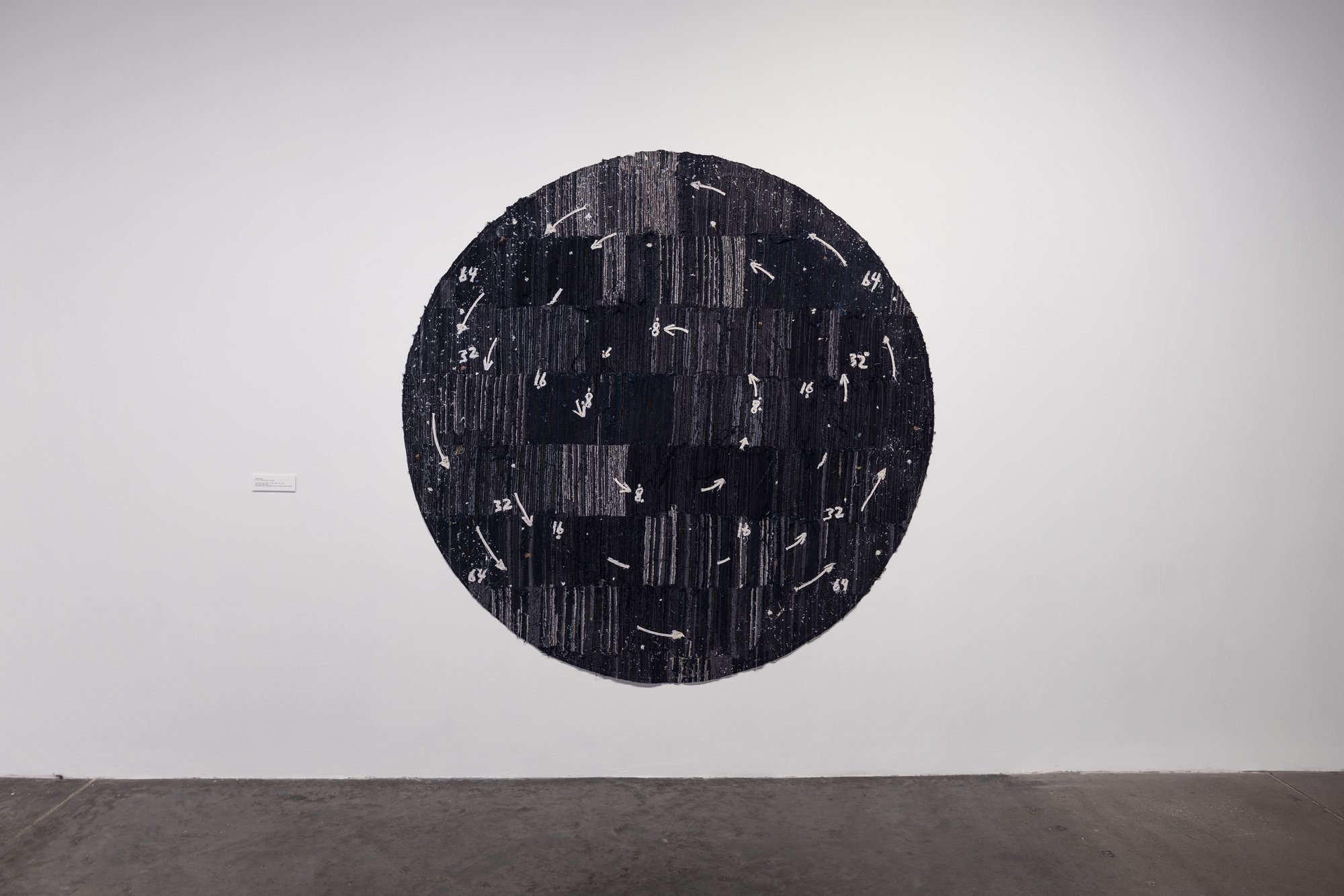
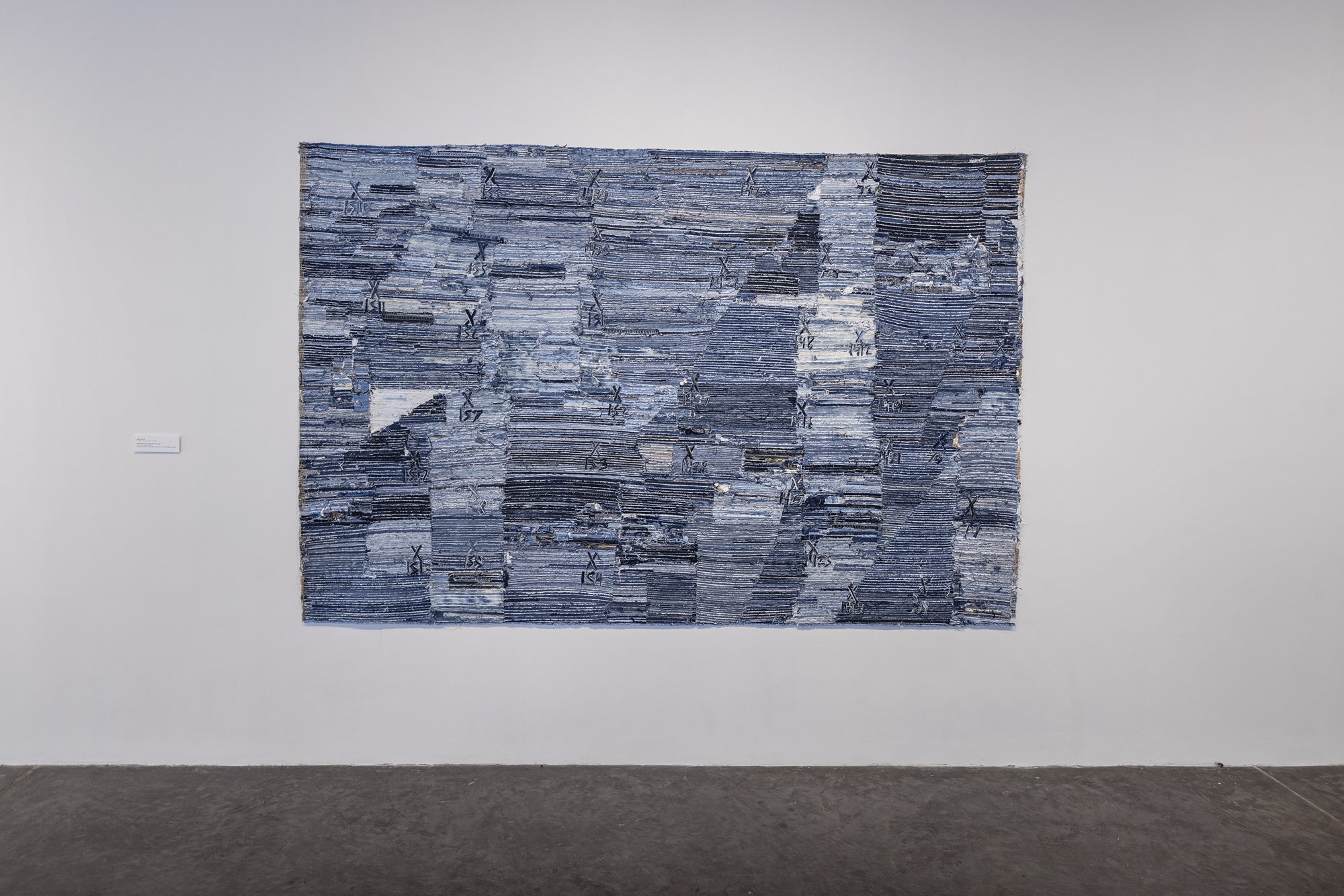
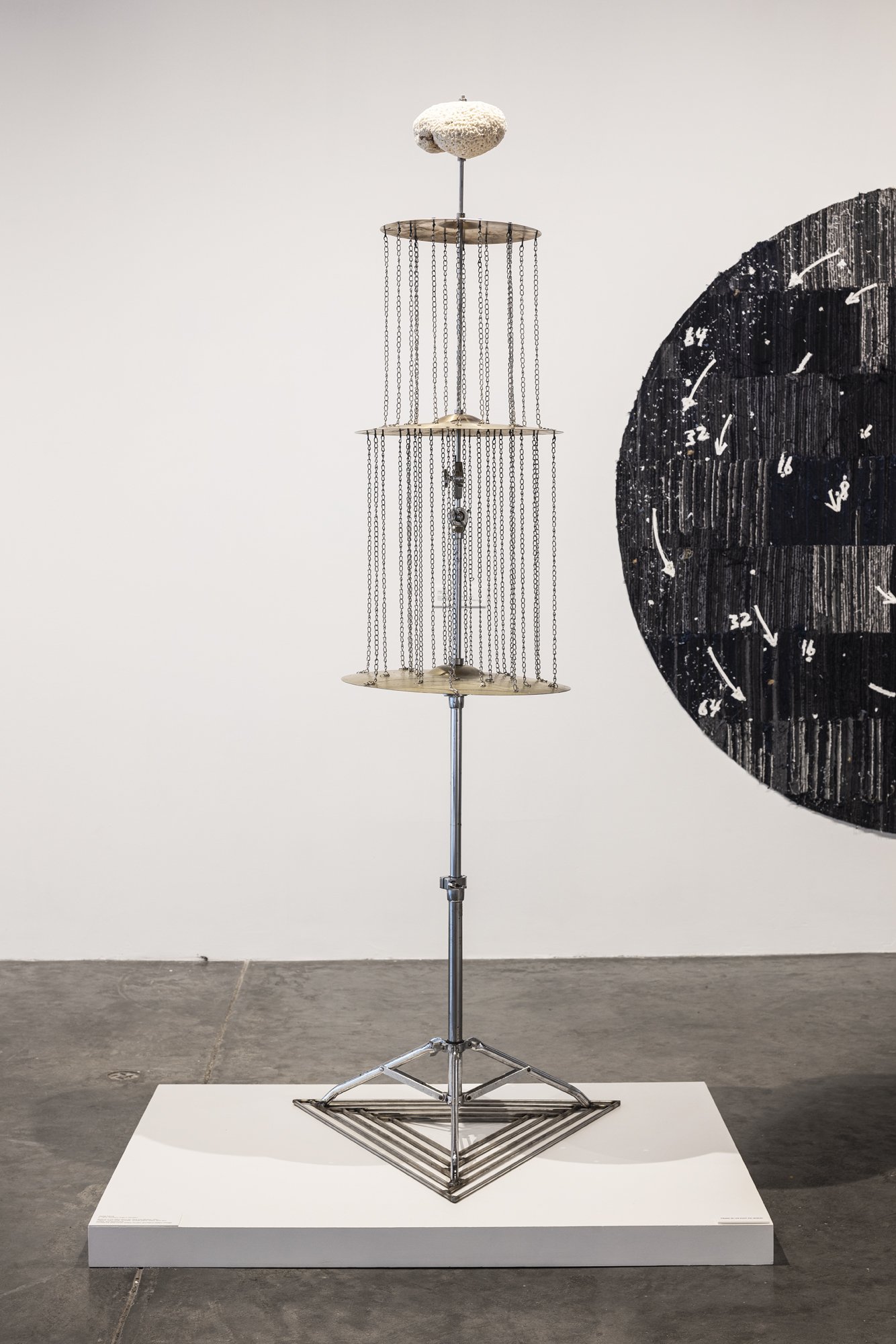

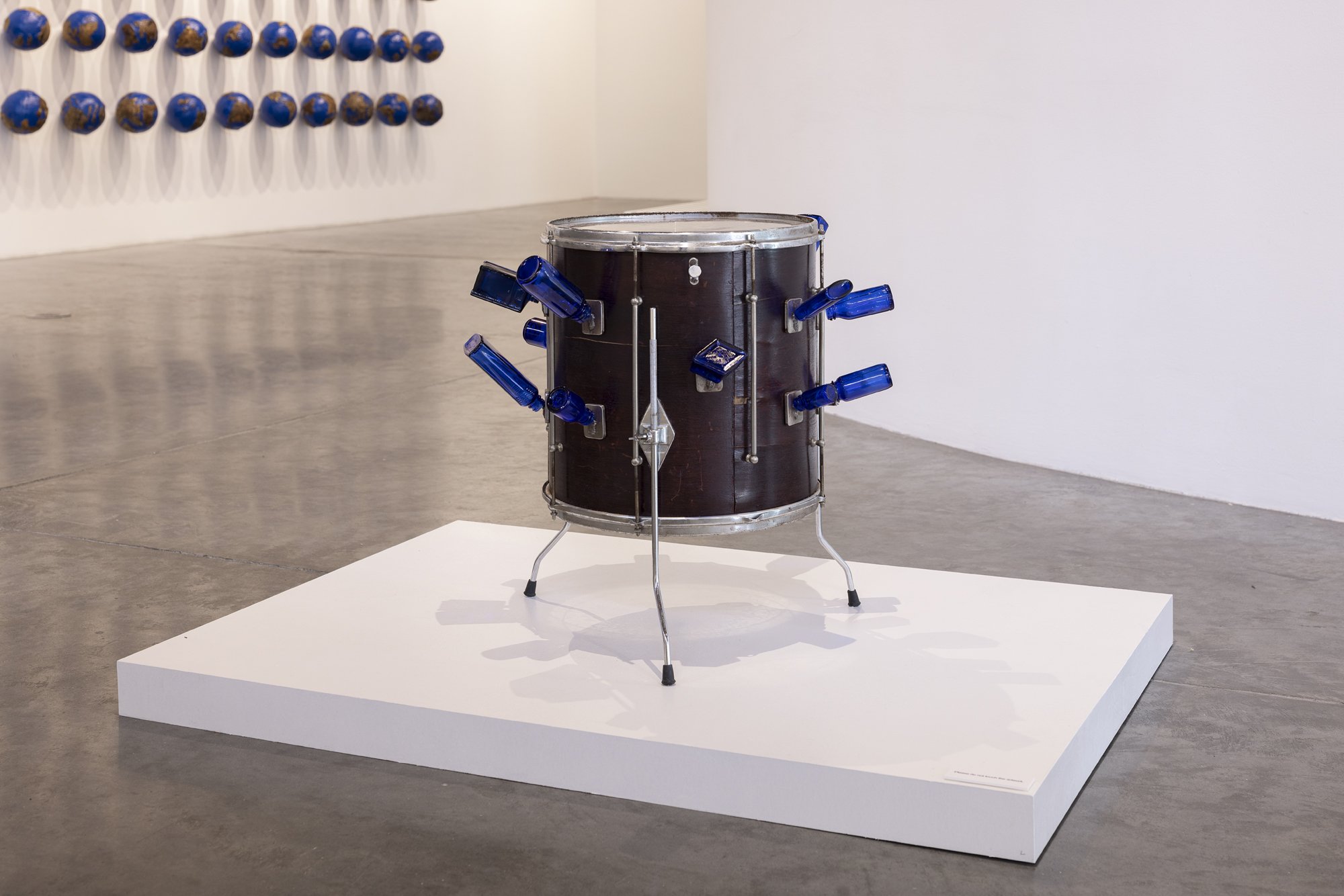
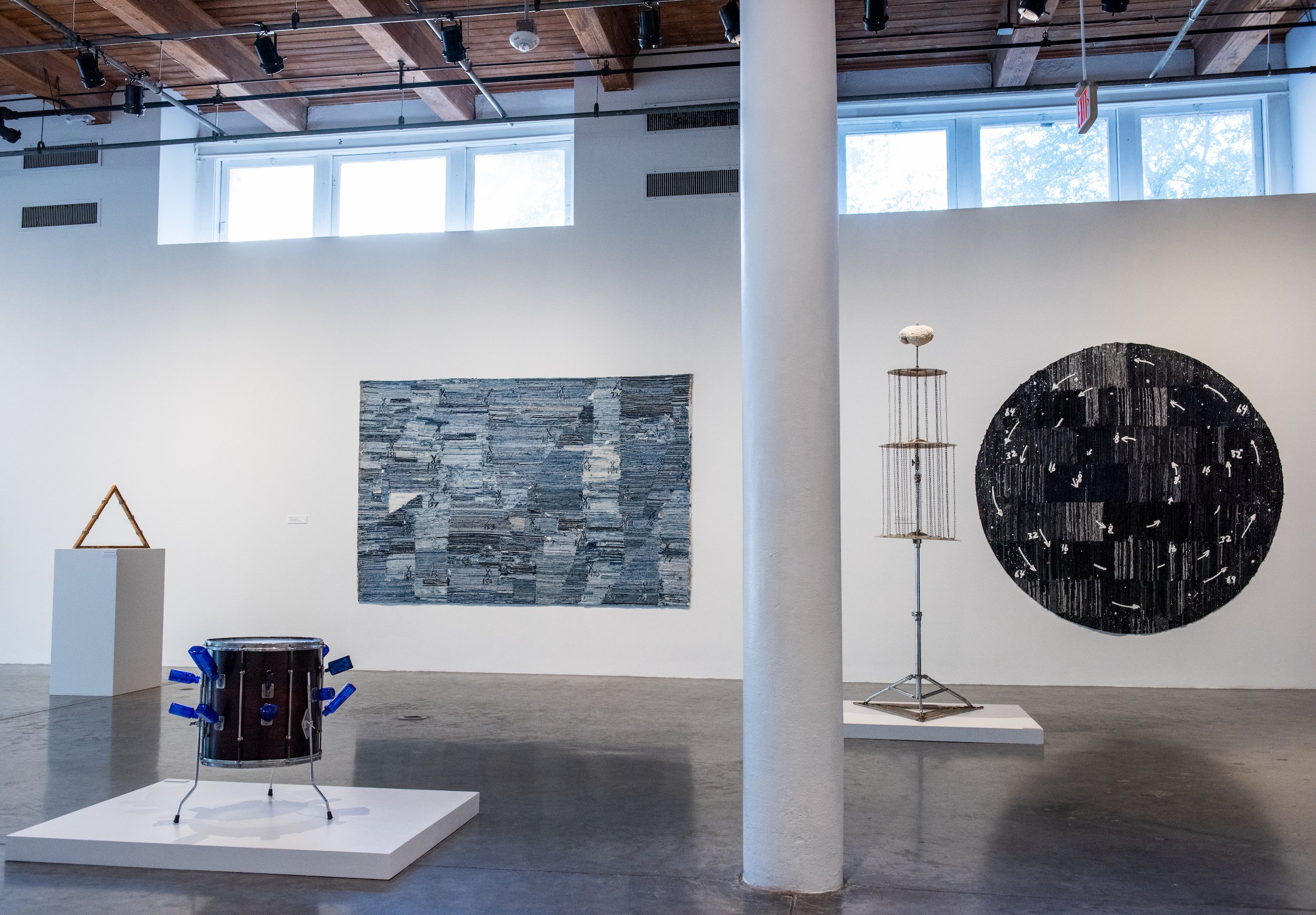
Jamal Cyrus, 2021. Installation view: Prospect.5: Yesterday we said tomorrow, 2021–22. Contemporary Arts Center, New Orleans. Courtesy Prospect New Orleans. Photos: Ryan Hodgson-Rigsbee